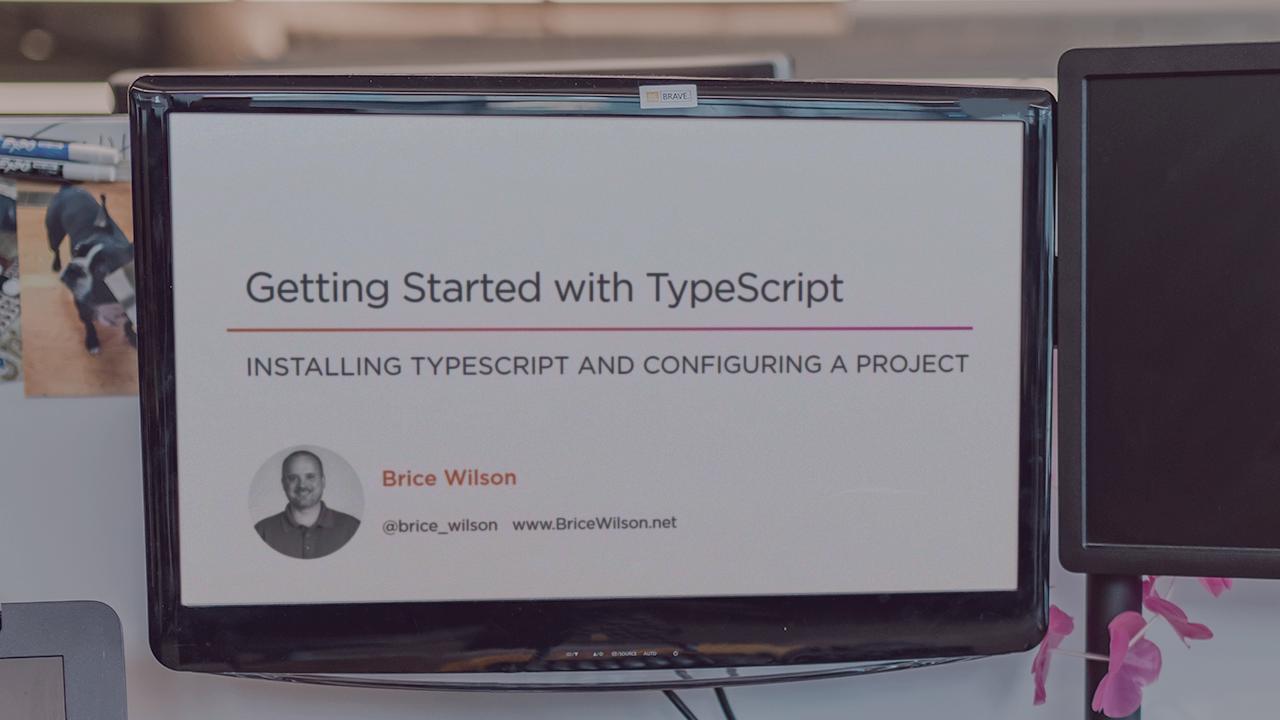- Course
Getting Started with TypeScript
TypeScript is a powerful, fun, and popular programming language used for building browser and NodeJS applications. This course will teach you all of the most important features of TypeScript, and quickly make you productive with the language.

- Course
Getting Started with TypeScript
TypeScript is a powerful, fun, and popular programming language used for building browser and NodeJS applications. This course will teach you all of the most important features of TypeScript, and quickly make you productive with the language.
Get started today
Access this course and other top-rated tech content with one of our business plans.
Try this course for free
Access this course and other top-rated tech content with one of our individual plans.
This course is included in the libraries shown below:
- Core Tech
What you'll learn
Creating great web applications requires great JavaScript code. TypeScript helps you create great JavaScript code. In this course, Getting Started with TypeScript, you'll learn how to create browser applications faster and with fewer errors using a powerful and fun programming language. First, you'll learn how to configure TypeScript projects. Next, you'll explore how to create and use your own types. Finally, you'll discover how to get strong typing support for just about any JavaScript library you can imagine. When you're finished with this course, you'll have a foundational understanding of TypeScript's most important features, as well as the skills you need to begin building client-side web applications and NodeJS applications with TypeScript.

